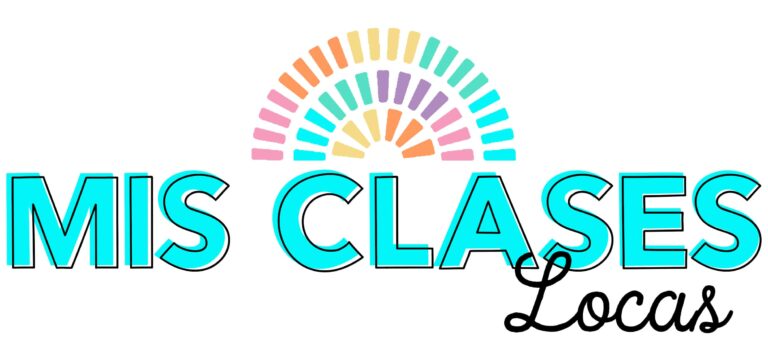One of Spanish II’s favorite days of the year was our class market. They loved that they got to eat a lot of food, I loved that they got to practice a real world skill and spent almost the entire class period speaking to each other completely in Spanish! My second year having a mercado was WAY better than year one’s thrown together attempt. Here is what I learned was necessary for a successful mercado in the target language.

1. The specific phrases for bargaining and shopping must be taught. My first year I did not think of going through phrases like “deals here!” “that’s too expensive!” or reviewing large numbers. This year as a class we came up with the phrases that they thought they would need and I created a 1/2 Mercado Help Sheet for them to reference if they needed it.
2. Everyone needs to be prepared. Having the market date set way in advance made sure that kids had enough time to gather supplies and not forget to bring them the day off. Year 2 I told the students in advance how much money they would each receive – 70 fake lempira (Honduras) as 1-$20, 2-$10, 4-$5 & 10-$1. This way they could price their items accordingly. I printed out the money each on a different colored paper found in this awesome product from Spanish Nobility. Helpful students from my homeroom cut and sorted the money each into the sets of $70. At the end of the first class, they sorted the money back into the stacks for the second class to use.
3. Everyone needed to be both the seller and a buyer. Year 1 I let students choose, but then they only got one side of the experience. Year 2 each pair or individual seller also had to sign up in advance for what they would be selling. (To make sure that no one actually needed to spend money on supplies they could bring in items from home to “sell” such as shoes, DVDs or books, but got all items back at the end of class.) Each store had to make a sign to advertise their product. On market day about every 10 minutes I would rotate who was selling and who was buying. The groups had to be switched up more than just A & B, since students wanted a chance to buy the treats in their own group.
4. You have to PRACTICE. This year by accident we ended up with an extra day before our market. (We realized it would not work well at Catholic school on a Friday during lent). This ended up being a blessing in disguise as we spent a ton of time having an inside-outside circle where everyone practiced being both the seller and the buyer, using their notes if needed. At this point everyone knew what they were selling and for how much, so they could really get into their character.
5. Have a Reward. I have very competitive classes that love trying to one up each other. To make sure that everyone was actually trying to sell their goods, and so the buyers got the pushy salesperson effect of international markets, we had a competition for who could make the most “money.”
6. Keep them accountable. I walked around with a clipboard (not actually writing anything down except noting the couple of students who were off task in English) and bought items from each store, making sure to bargain and haggle for the best deal like I do in real markets.
7. Invite guests. I invited the social studies teacher next door, who also happens to be a native Spanish speaker, to shop as well. It was great for the kids to see him actually speak Spanish and to give them the challenge of someone coming in and actually using Mexican slang. I also invited our principal, so he could really see the kids in action using their Spanish to communicate with each other.
8. Try & Try Again. The feeble first year market taught me a TON about what I needed to change and adapt to make it more successful, and it did! It was one of those days that people walking down the hall though it looked like pure chaos in Spanish land, but that noise and excitement was everything I could have hoped for with 23 kids simultaneously speaking Spanish, while stuffing their faces with homemade enchiladas at 7:30a.m.
Here’s to living the Spanish class dream!
Allison





